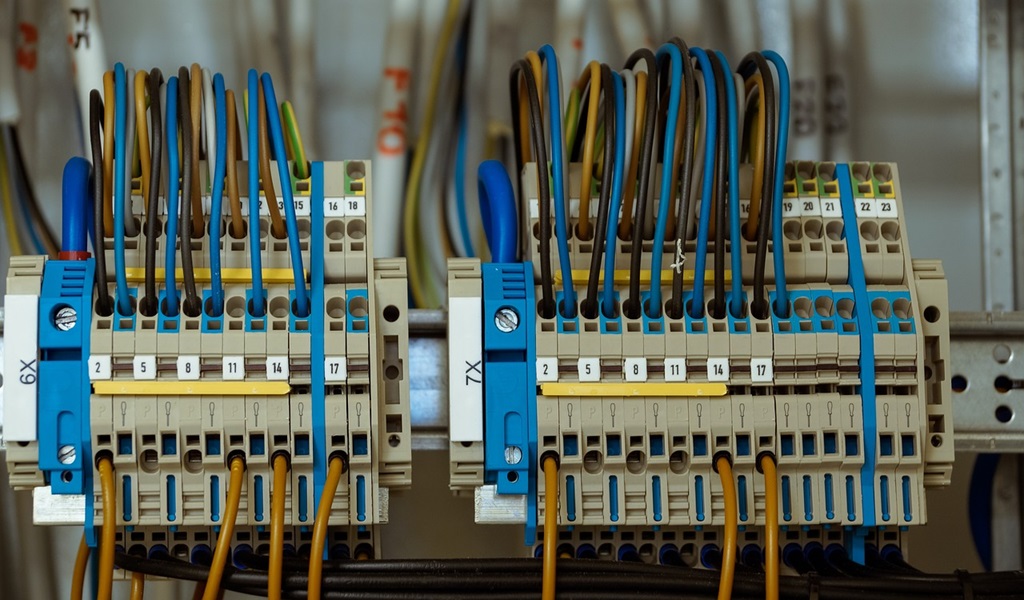In many mechanical and electrical systems, wired connections are necessary to transmit power or signals between different components. Sometimes these wired links take the form of wire harnesses, while other times cable assemblies are used instead. Though serving similar purposes, wire harnesses and cable assemblies have key distinguishing characteristics. This article explores the main differences between these wired connection types.
Components
One of the primary variances between wire harnesses and cable assemblies relates to their component makeup. A wire harness is constructed using individual insulated wires bundled and secured together. Cable assemblies employ pre-manufactured multi-conductor cabling instead of individual wires. The cable contains multiple conductors already surrounded by protective sheathing or jacketing. This integrated cabling core is what differentiates cable assemblies from collections of independent wires.
Assembly Method
Closely tied to their component composition is the assembly process for each type of wired connection. Building a wire harness requires manually bundling and routing individual wires before fastening them into place with clips, ties, or conduits. In contrast, cable assemblies feature pre-constructed cabling that simply needs terminating with connectors on each end. This results in cable assemblies having a quicker and often lower-cost assembly method versus more labor-intensive wire harness fabrication.
Shielding Options
Another distinguishing aspect is the available shielding configurations. Wire harnesses give builders the flexibility to shield individual signal-carrying wires separately or use unshielded bundles as needed. Cable assemblies offer integrated shielding over the entire bundled conductor set if specified. This enclosed shielding in a cable protects enclosed signal lines better from electromagnetic interference ingress or egress compared to discrete shielding on independent wires.
Application Suitability
The construction and assembly differences lead each type to be better suited for certain application scenarios. Wire harnesses work well for systems with many connection points or spread-out component locations requiring customized bundled routing. Cable assemblies frequently find use in applications emphasizing reduced assembly time and cost whereas pre-built cabling suits spatial restraints. Control panels, industrial machinery, and mobile equipment are examples benefiting from cable assemblies’ integrated design and simplified termination.
Routing Consistency
The pre-constructed nature of cable assemblies versus piece-by-piece wire harness assembly yields implications for routing consistency. Cable assemblies guarantee conductors follow the same enclosed path providing predictable impedance characteristics. Individual wires comprising a wire harness could take varying routes impacting electrical performance. Thus, cable assemblies lend themselves to circuits like high-speed data transmission lines requiring tightly controlled impedance that may vary unpredictably using separate insulated conductors.
Harsh Environment Suitability
Both wire harnesses and cable assemblies are produced with protective materials to withstand environmental exposures like temperature extremes, chemicals, moisture, and mechanical stresses. However, enclosed cable assemblies usually offer ruggedization advantages in harsh industrial settings. Their integrated cable shielding and jacketing create a robust enclosure compared to discrete wire insulation and tie-wraps. Cable assemblies thus endure better in applications entailing rugged mobile machinery, marine, oil and gas or other demanding operating conditions.
Maintenance/Repair
The difference in component-level construct also influences maintenance and repair characteristics. Disassembling or modifying pre-built cable assemblies usually just requires terminating connector work. Wire harnesses demand careful individual wire routing changes during system upgrades or repairs. Tracing wire routing paths and resecuring harnessed wires adds complexity versus swapping standardized cable assemblies. This factor improves cable assemblies’ suitability for applications undergoing frequent maintenance interventions or service life extensions through modular component upgrades.
Applications Comparison
To summarize application suitability: wire harnesses generally suit systems with numerous connection points, spread-out component layouts, and customized routing needs. Cable assemblies work best for applications emphasizing simplified assembly/installation, controlled impedance characteristics, robust construction, consistent shielding, and ease of maintenance/repair like mobile machinery, industrial control panels, or cramped equipment enclosures. Both have important roles to fill, dependent on project requirements and environmental/lifecycle considerations.
Cable Assemblies
Within certain applications, like Aerospace and Defense electronics, the consistent performance of cable assemblies makes them preferable to wire harnesses. Features such as symmetrical twist construction and braided shields in cable assemblies help maintain tightly controlled impedance characteristics important for circuitry operating at high data rates or within narrow electromagnetic tolerance bands. These benefits facilitate cable assemblies’ extensive use in mission-critical applications from avionics to weapons systems.

















